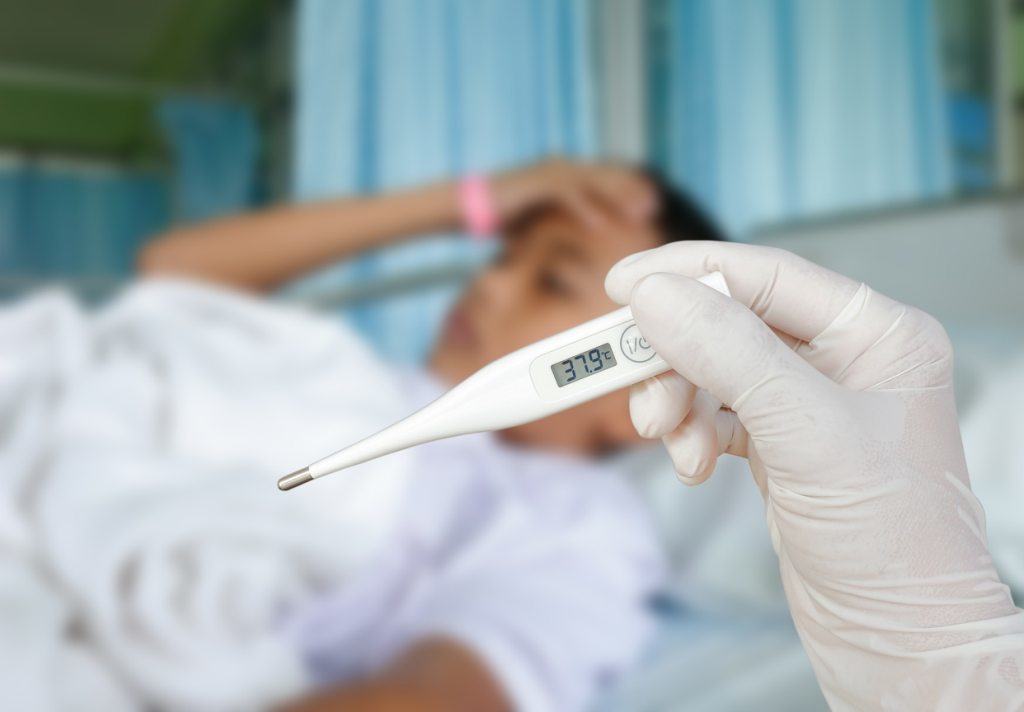Contents:
Medical Video: Stages of Kidney Disease
Definition
What is creatinine?
Creatinine test is used to calculate the amount of creatinine in the blood. Creatinine is a waste product from creatine phosphate, which is used in the process of muscle contraction. Based on muscle mass, your body will produce keratin and creatinine. The amount produced per day generally tends to be stable. Creatinine, like blood urea nitrogen (BUN), will be released by the kidneys through the excretion process. The level of concentration of serum creatinine generally will not change if the renal excretion function works properly.
In addition to dehydration, kidney disorders such as glomerulonephritis, pyelonephritis, acute tubular necrosis, and urination inability (urinary retention) can increase creatinine abnormalities in the blood. After eating, creatinine will increase slightly, especially after consuming large portions of protein. In addition, the general creatinine concentration changes in one day — the lowest at 7am and the highest at 7pm.
Although serum creatinine is the most popular measurement method for measuring kidney filtration rate (GFR), creatinine still has several obstacles. Certain factors such as muscle mass and daily protein intake can affect serum creatinine, leading to incorrect results in the GFR rate test. Furthermore, for patients with serious illness, acute changes in kidney function can make examining GFR using serum creatinine difficult to determine.
When do I have to undergo creatinine?
Creatinine testing, such as blood urea nitrogen (BUN), is commonly used to diagnose decreased kidney function. Creatinine testing can be done routinely as part of a basic biochemical test in your body. This test can also be done if you have an acute illness or the doctor suspects your kidneys are not working properly. Some signs and symptoms of kidney function decline are:
- fatigue, decreased concentration, loss of appetite, and insomnia
- swelling or edema, especially in the area of the eye or face, chest, thighs or ankles
- urine is foamy, bleeding, or dark like coffee
- the amount of urine decreases
- urinary disorders, such as burning when urinating or removing other substances together with urine, or changes in urination habits, such as at night
- back hip pain, under the rib cage near the kidney
- high blood pressure
Whether you need a routine creatinine test or not will depend on your condition and the risk of kidney damage, such as:
- if you have type 1 or 2 diabetes, your doctor may recommend creatinine testing at least once a year
- if you have kidney problems, your doctor will recommend routinely carrying out creatinine tests to monitor your condition
- if you have other diseases related to kidney performance - such as high blood pressure, or diabetes - or if you are on medication that affects the kidneys, your doctor will advise you to run a creatinine test
Prevention & warning
What should I know before undergoing creatinine?
Factors that influence test results include:
- drugs that can increase creatinine concentration, including drugs to reduce blood pressure, aminoglycosodes (for example, gentamicin), Cimetidine, chemotherapy drugs (for example, cisplatin), drugs that damage the kidneys, such as cephalosporin (for example, cefoxitin)
- creatinine in the blood will temporarily increase due to muscle injury and will decrease during pregnancy
It is important for you to know the warnings and precautions before carrying out this test. If you have questions, consult your doctor for further information and instructions.
Process
What should I do before undergoing creatinine?
Your doctor will explain the creatinine test procedure. You do not have to do certain fasting or certain drinks before running the test. Your doctor may ask you to pause some drugs that can affect this test.
What is the process of creatinine?
The medical personnel who are in charge of taking your blood will take the following steps:
- wrap an elastic belt around your upper arm to stop the blood flow. This makes the blood vessels under the bond enlarge making it easier to inject needles into the vessels
- clean the part to be injected with alcohol
- inject a needle into a vein. More than one needle may be needed.
- attach the tube to the syringe to fill it with blood
- remove the ties from your arms when taking blood is enough
- attach gauze or cotton to the injected part, after the injection is finished
- put pressure on the part and then put on a bandage
If you have questions relating to the process of this test, consult your doctor for a better understanding.
What should I do after undergoing creatinine?
If you have questions relating to the process of this test, consult your doctor for a better understanding.
Explanation of Test Results
What do the test results mean?
Normal results
Normal results will show:
- 0.6 - 1.2 mg / dL or 53 - 106 umol / L (SI units) in adult male patients
- 0.5 - 1.1 mg / dL or 44 - 97 umol / L (SI units) for adult female patients
- in elderly patients, creatine concentration will decrease due to reduced muscle mass
- 0.5 - 1.0 mg / dL in adolescent patients
- 0.3 - 0.7 mg / dL in pediatric patients
- 0.2 - 0.4 mg / dL in toddlers
- 0.3 - 1.2 mg / dL in baby patients
Abnormal results
Abnormal results will show:
- increased creatinine levels; glomerulonephritis, pyelonephritis, acute tubular necrosis, bladder tract disorders, decreased blood rate in kidney function (shock, dehydration, congestive heart failure, atherosclerosis), diabetes caused by kidney damage, kidney inflammation, rhabdomyolysis, acromegaly
- decreased creatinine levels; depression, reduction in muscle mass (muscle dystrophy, muscle damage)
Depending on the laboratory of your choice, the normal range of creatinine testing can vary. Discuss the questions you have about the results of your health test with your doctor.
Hello Health Group does not provide medical advice, diagnosis or treatment.











